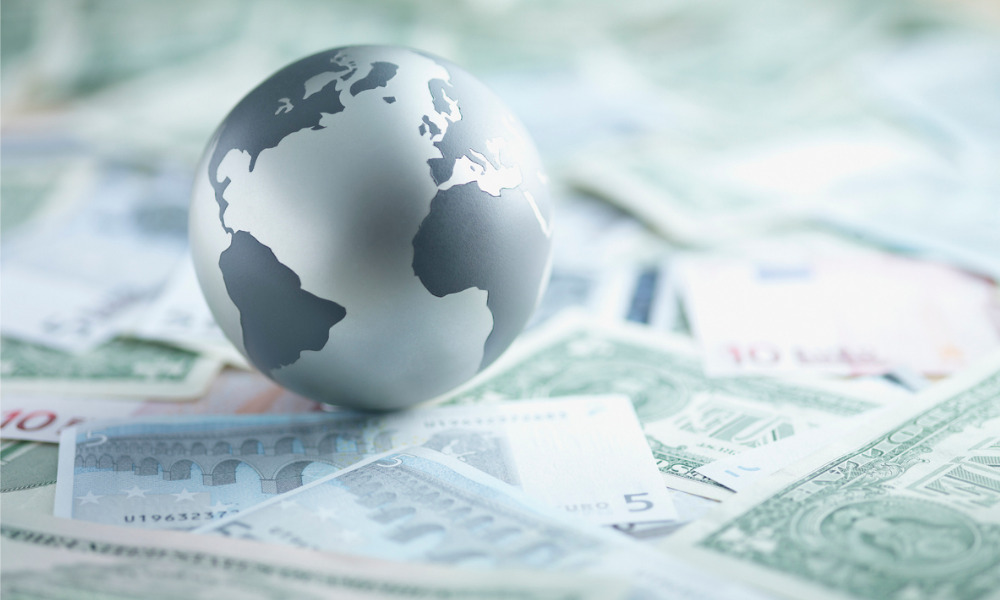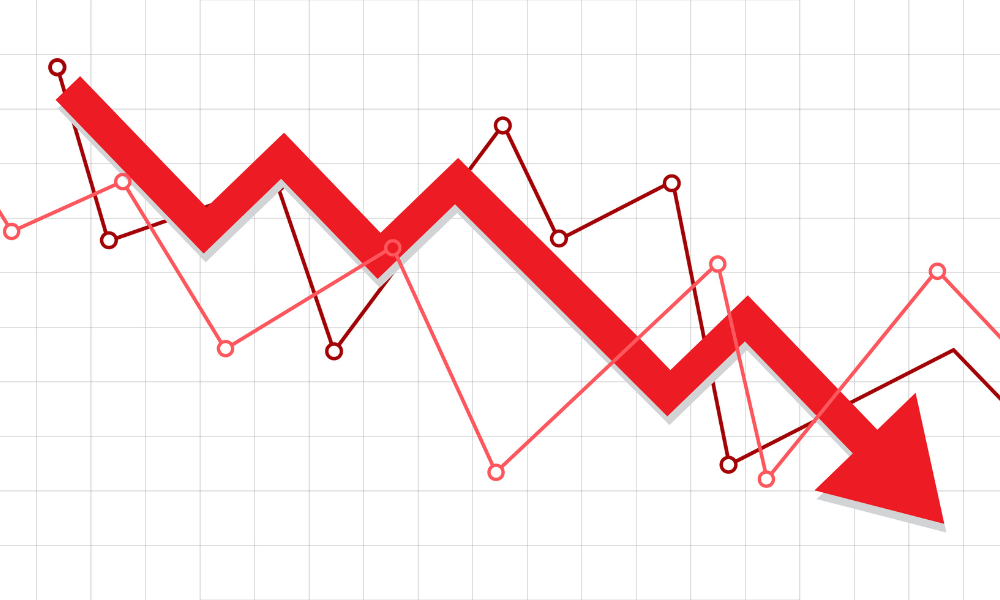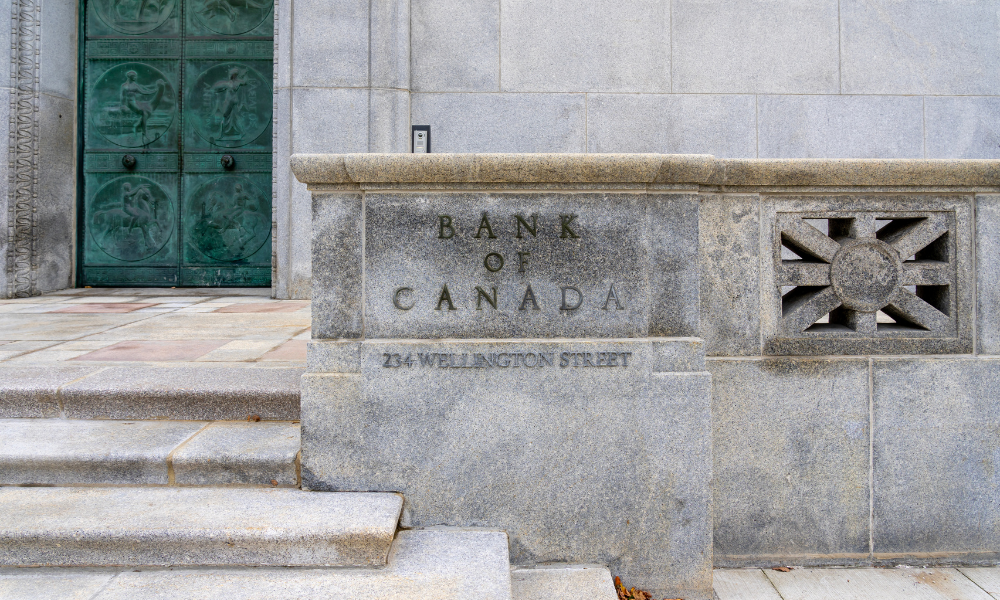BCG projections expect nominal and real wealth growth to continue – though some areas will be weaker

With all the confusion and turmoil happening in the global economic and financial markets, investors and financial services firms might be concerned about the prospects for wealth growth moving forward. But a new report from BCG suggests that the outlook might be more constructive than many think.
In its most recently published Global Wealth Report, Boston Consulting Group predicts that notwithstanding the current challenges, US$80 trillion in new wealth will be created globally over the next five years.
“Everyone is very concerned, and rightly so,” says Anna Zakrzewski, Managing Director and Parner at BCG, who also leads the company’s Wealth Management segment. “There’s rising inflation, equity markets are going down, so are the crypto markets … there’s a lot of uncertainty about what’s going to happen.
“But if you look back at crises over the last 20 years – the dot-com crash of 2001, the 2008 financial crisis, the financial markets crisis around 2017 or 2018 – one element that’s been consistent in the background is that wealth management, financial investable wealth, and real asset wealth continued to grow globally in a relatively stable manner.”
According to Zakrzewski, BCG’s base-case outlook for global wealth rests on three main elements: Russia will end its invasion of Ukraine in 2022; gas and oil exports from Russia will resume, leaving other sanctions in effect – freezing of assets until 2024, blocking Russia’s access to SWIFT until the end of 2025, and barring its access to central bank assets until 2026; and economic growth will be negatively impacted in the short term until 2023, giving way to a recovery in 2024 onwards.
Assuming those conditions are fulfilled, BCG expects wealth in North America to grow by an estimated 5% a year between 2021 and 2026, from US$127 trillion to US$159 trillion in nominal terms. Over the same period, wealth in Canada is expected to grow at a slightly slower 4.5% annually, from US$7.4 trillion to US$9.4 trillion.
Those statistics represent a material slowdown from 2021, when nominal wealth in North America grew by 15%, a record year for the region, compared to 10% for nominal wealth globally. That growth came off the back of strong performance in the equity market – an area to which North American investors are heavily weighted – as well as people having more cash to invest due to widespread COVID lockdowns.
While those conditions are no longer present, BCG anticipates continued wealth growth in the years ahead against a backdrop of still-positive, albeit muted economic growth.
“We anticipate economic growth to be positive for North America and Canada, around 2% annually over the next five years. Globally, we expect the economy to grow by around 3.5% annually over the next five years,” Zakrzewski says. “Further soaring inflation might trigger a regional or global economic recession if central banks were to react too aggressively and raise rates too quickly, which could slow down future wealth development. But at the moment, we don’t see it.”
At a global level, BCG expects real wealth growth – which takes inflation into account – to remain positive in the next five years. But looking at the situation regionally and in selected markets, Zakrzewski says there are certain areas with greyer outlooks; wealth managers with a presence in those areas, therefore, should generally be aware of the slight possibility of negative real wealth growth, inform their clients about the outlook, and incorporate that scenario into their future strategies.
“From 2021 to 2026, we estimate total global wealth will grow from US$275 trillion to US$355 trillion, representing nominal wealth growth of roughly 30%,” she says. “In terms of real wealth, we expect growth to be just from US$275 trillion to US$315 trillion, which is real growth of just 15%.”
But in Eastern Europe and Central Asia, she says wealth is expected to grow nominally from US$4.8 trillion to US$6.6 trillion, translating in to 38% nominal growth. After inflation, however, BCG projects much more muted growth – from US$4.8 trillion to US$4.9 trillion, which is not even 2% in real growth terms.
“I think this shows really well that you need to break the projections down by region. And you will actually see which regions are significantly more impacted, like Eastern Europe and Central Asia, from a real growth perspective,” Zakrzewski says.



